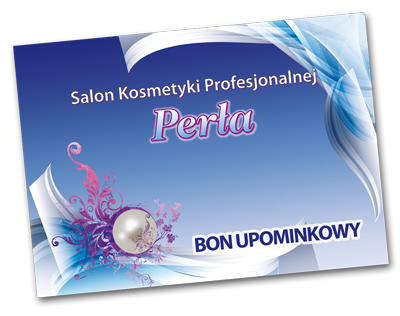Mikrodermabrazja - Kiedy Jest Optymalnym Wyborem W Zależności Od Wiek2 / 2
Mezoterapia igłowa - co to jest?
Wykonana po raz pierwszy przez francuskiego lekarza początkiem lat 50., mezoterapia igłowa początkowo nie była zaliczana do zabiegów stricte kosmetycznych - leczyła wtedy migrenę i żylaki. Już w latach 70. i 80. zabieg ten zaczęto wykorzystywać do leczenia łuszczycy i łysienia. Obecnie mezoterapii igłowej dokonują przede wszystkim wykwalifikowani specjaliści w gabinetach dermatologii estetycznych.
Zabieg wykonywany przy użyciu igły ma na celu wprowadzenie do skóry składników odżywczych, takich jak kwas hialuronowy, krzemionka organiczna, witaminy, aminokwasy, kofeina i sole mineralne. Substancje te odmładzają cerę i czynią ją bardziej sprężystą, jednocześnie nadając jej świeżości. Mezoterapię igłową stosuje się zarówno na twarz i skórę wokół oczu, jak i na szyję, dłonie, skórę głowy i pozostałe części ciała.
Urządzenia do zabiegu mikrodermabrazji w domu [Opinie]
Działanie maszynek do domowej mikrodermabrazji jest bardzo zbliżone do zabiegu wykonywanego w salonie. Urządzenia mają wbudowaną końcówkę peelingującą, która złuszcza martwy naskórek. Naskórek natychmiast zasysany jest do środka urządzenia.
Ceny urządzeń do domowej mikrodermabrazji zaczynają się już od około 100 zł, ale mogą sięgać również 500-600 zł. Często są to produkty wielofunkcyjne, pozwalające wykonać również np. masaż próżniowy. Do wyboru są między innymi sprzęty marki Beautifly, takie jak B-Derma PRO czy B-Derma ICE, urządzenie do usuwania wągrów i mikrodermabrazji Garett, sprzęt do mikrodermabrazji domowej HoMedics czy urządzenie marki Hoffen.
(…) Skóra po zabiegu jest lekko zaczerwieniona, ale i sprężysta, elastyczna i przede wszystkim perfekcyjnie oczyszczona i przygotowana do dalszych zabiegów pielęgnacyjnych. Po kilku tygodniach regularnego stosowania zauważyłam znaczną poprawę kondycji skóry, od kilku miesięcy nie wyskoczył mi ani jeden pryszcz, a drobne zmarszczki zniknęły. Pozbyłam się również przebarwień, blizn po niechcianych gościach, a pory stały się niewidoczne. (…)
– pisze o urządzeniu Hoffen Edzia2605
(…) Używam go w zależności od potrzeb, od ok. 2 miesięcy, a oto moje obserwacje: brak podrażnienia skóry czy zmian alergicznych, delikatne przebarwienia potrądzikowe, które miałam, praktycznie zniknęły, skóra wygładzona, martwy naskórek złuszczony, skóra wygląda zdrowo i promiennie, wyraźnie zwężone pory (zwłaszcza te na nosie, z którymi zawsze miałam problem). (…)
– pisze o urządzeniu HoMedics Zoe_Zebra
Co to jest mikrodermabrazja?
Mikrodermabrazja to jeden z najczęściej wykonywanych zabiegów w gabinetach kosmetycznych zarówno w Polsce, jak i na świecie. Swoją popularność zawdzięcza spektakularnym efektom, które można za jego pomocą osiągnąć oraz stosunkowo niskiej cenie. Z tego artykułu dowiesz się:
- na czym polega zabieg mikrodermabrazji?
- dla kogo jest polecany?
- czy mikrodermabrazja jest odpowiednia dla każdego rodzaju cery?
- jakich efektów można spodziewać się po mikrodermabrazji i jak długo trzeba na nie czekać?
- jakie są przeciwwskazania do zabiegu?
- czy mikrodermabrazja boli?
- czy mikrodermabrazję można wykonać w dowolnym salonie piękności?
 U nas zapłacisz kartą
U nas zapłacisz kartą
